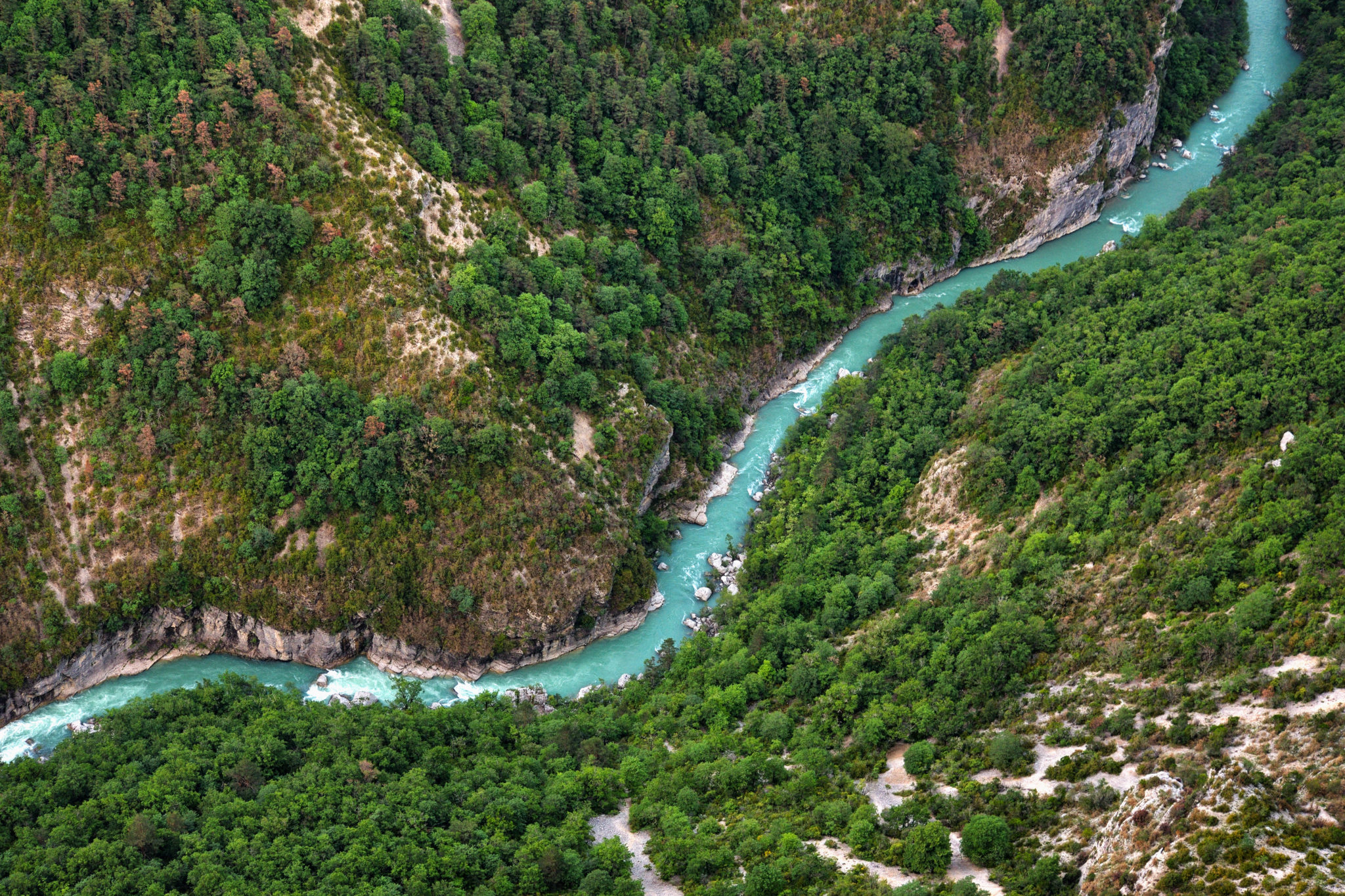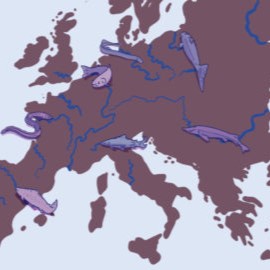
The first-ever inventory of Swimways of European Importance is out
-
Biodiversity - Swimways
The Trans-European Swimways Programme has published the first-ever inventory of the Swimways of European Importance (SEI). Swimways, akin to flyways for migratory birds, are the migration routes for migratory freshwater fish species. These routes are crucial for the completion of their lifecycle.
However, European migratory freshwater fish have been facing a dire situation since the 1970s, with their population plummeting due to the disruption of these routes. The proposed EU Nature Restoration Law presents a unique opportunity to address this issue, but other EU legislation, such as the Renewable Energy Directive, could exacerbate the problem. This inventory is a crucial tool in identifying priority areas for river restoration and designating no-go areas for hydropower development.
Based on the biological criteria we developed in 2023, we identified 392 Swimways of European Importance (SEI). The report provides a brief overview of the results at European level and provides basic information for each SEI, including its location, length, and qualifying migratory freshwater fish species. SEIs are listed by country in alphabetical order. A detailed table of contents helps to quickly find the relevant information.
Download the Technical Report on Swimways of European Importance:
Downloads
Identifying Swimways of European Importance is an integral part of our Trans-European Swimways Programme. This report is just a first step. We strive to update the inventory using more refined biological criteria and additional economic and social criteria.
Our programme involves working closely with the Trans-European Swimways Network (TEN-S) of practitioners dedicated to the conservation of migratory freshwater fishes in Europe. By working together, we can shape suitable and effective tools such as SEIs to improve migratory freshwater fish conservation in Europe.
If you are interested in engaging with us to work along our side on the SEI criteria development process, feel free to reach out and join us!

